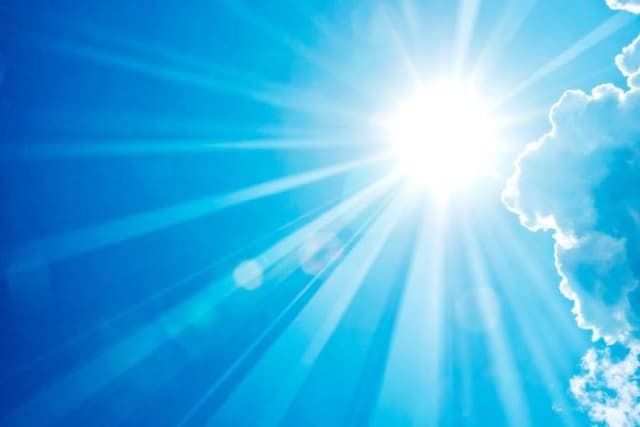
Thermal Energy and Efficiency: Harnessing Electromagnetic Radiation
Lesson5 of 11 in this unit
SecondaryYear 9SciencePhysicsEnvironmentalClimate ChangeEnergySustainabilityEconomicIndustry, Innovation and InfrastructureJob Ready
Summary
Lesson guides and printables
Lesson Plan

Visual Explainer

Teacher Content Info
